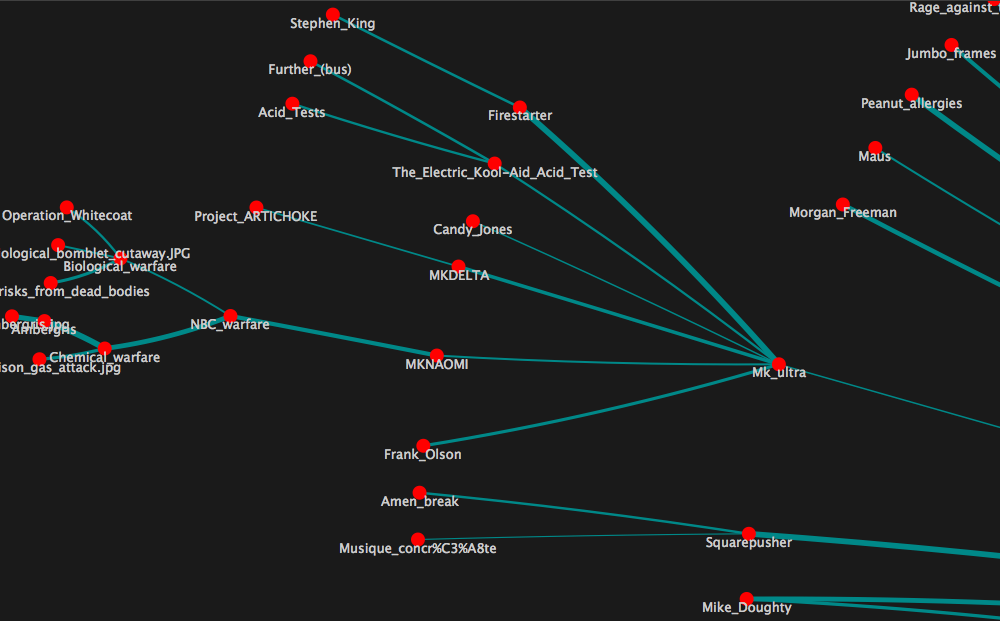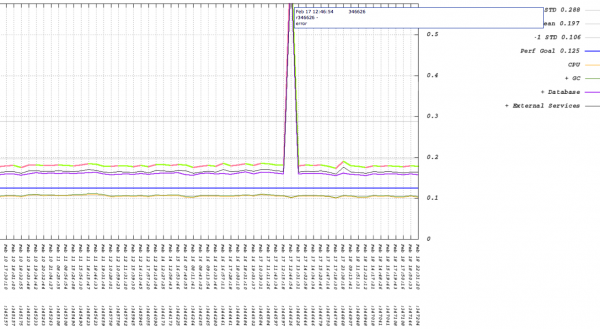OpsCamp Boston 2010
This past Thursday I attended OpsCamp Boston 2010, an unconference themed around topics in systems operations. I was interested in meeting several of the people I know only from Twitter and also making new friends from the greater Boston Operations community. Microsoft NERD generously provided the use of their space for the conference.
Conference Structure
The structure of OpsCamp was unlike any of my other unconference experiences (almost all BarCamps) in that before the group decided on the what topics to discuss the sponsors had an opportunity to give lightning talks. I’ve got no issue with sponsors giving lightning talks, but the organizers arranged it such that all attendees of OpsCamp were in the room and essentially required to watch the sponsor talks. The unconference Rule of Two Feet (reason #2 for attending unconferences on this page) was never explained to them.
Another interesting difference between OpsCamp and other unconferences was that directly after the lighting talks, but again before the community had a chance to choose topics for sessions, the organizers had an unpanel answer seven or eight questions from the audience. The questions covered a variety of concerns/issues in systems operations today. The questions ended up leading to suggested sessions when we were finally able to decide what people would like to have the unconference on.
Unpanel
The questions for the unpanel, as my notes recall them:
- What happens when all the ops jobs move to India?
- How would cloud adoption affect the outsourcing of ops?
- What are the costs of ops and IT? What is the trend for that? What is the correct ratio of IT assets to people administrating them?
- Why won’t my ops people let me self-provision like I can in the cloud?
- What is the connection between the talks we just heard and the cloud?
- Should dedicated infrastructure and public cloud resources be centrally managed?
- Patch or Rebuild?
Questions 1, 2 and 3 became a single breakout session (more on that in a moment), and 4 became another breakout session. Topic 5 was addressed by Cory from Dyn, who said that he felt that the policy and process haven’t changed but the method has, in that we now deploy via APIs instead of physical hardware. For question 6, many people felt that you should mix your infrastructure between physical hardware, virtual hardware and the cloud, and manage it centrally, and it was pointed out that rPath, Opscode and others have technology to help do this. Questions 7 was the last breakout session of the camp.
Breakout: Will Ops Get Outsourced?
This breakout came out of the heated discussions on whether or not Ops people are going to be outsourced and the cost of Operations in general (questions 1,2 & 3, above), if new Ops people are less skilled, and other ideas that mirror the offshore development discussions of ten years ago. There was a pretty obvious age divide, which is a hot topic in technology in general, and a lot of discussion on the evolving nature of what an Ops person is. There was a lot of respectful arguing in this breakout session, and I think anyone who attended this session left thinking a lot about their own future in Operations.
In parallel with this session was a session on what tools can be used to build a cloud.
Breakout: Why can’t I just deploy to the cloud?
I ended up moderating this breakout panel because the gentleman who asked question 4 (above) had left OpsCamp early.
Why can’t a developer simply pull out her credit card and put her product in production? Perhaps even in a large company with an established IT department? I’m a big fan of everyone in the organization working towards delivering the service, not bickering over domain, so I’m in support of questions along these line. In that spirit I renamed this breakout “Why are developers trying to ruin the business? ~or~ Why are Ops people assholes?” in the hopes of bolstering attendance. Everybody at OpsCamp ended up going to this panel, so score one point for inflammatory panel titles.
There’s no short answer, and we lost track of the original question several times, but the overall idea is that process and repeatability increase the chance of successful service delivery, and often developers overlook these issues when creating software. That said, I think the Operations department should do everything it can to bring Ops processes to the developer (and make sure that Operations is built into the product, not bolted on later). Work together despite often having seemingly conflicting goals.
Breakout: Patch Or Rebuild?
The last session of the evening was a discussion of when it is okay to simply rebuild from an image instead of patching the running software. There were a lot of opinions on this, but I didn’t have too much to add because I think the right answer largely depends on the situation.
Networking
After the sessions, many of us retired to a bar in Kendall Square to have drinks (graciously provided by the folks from Dyn) and chat.
Final Thoughts
While I had some issues with the structure of OpsCamp, I enjoyed the people and the discussions that we had. I do wish that the organizers had encouraged people to post possible presentation topics on a wiki ahead of the camp (as was done for BarCamp 5) because I think that encourages people to prepare presentations on topics and helps avoid every session being a discussion.
I’ve also uploaded the raw notes for your viewing pleasure.
If you attended OpsCamp Boston I encourage you to come out to the Boston DevOps Meetups, the next of which is Tuesday, May 4th.







